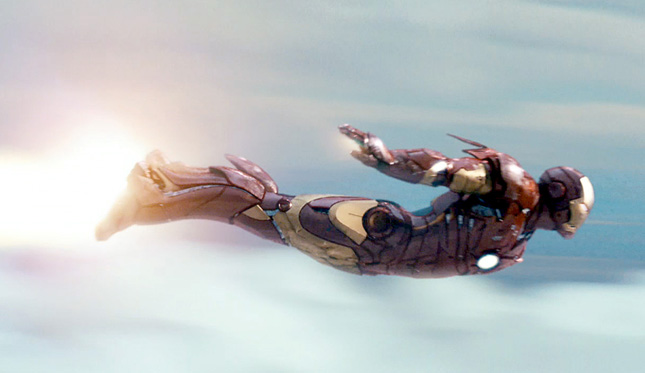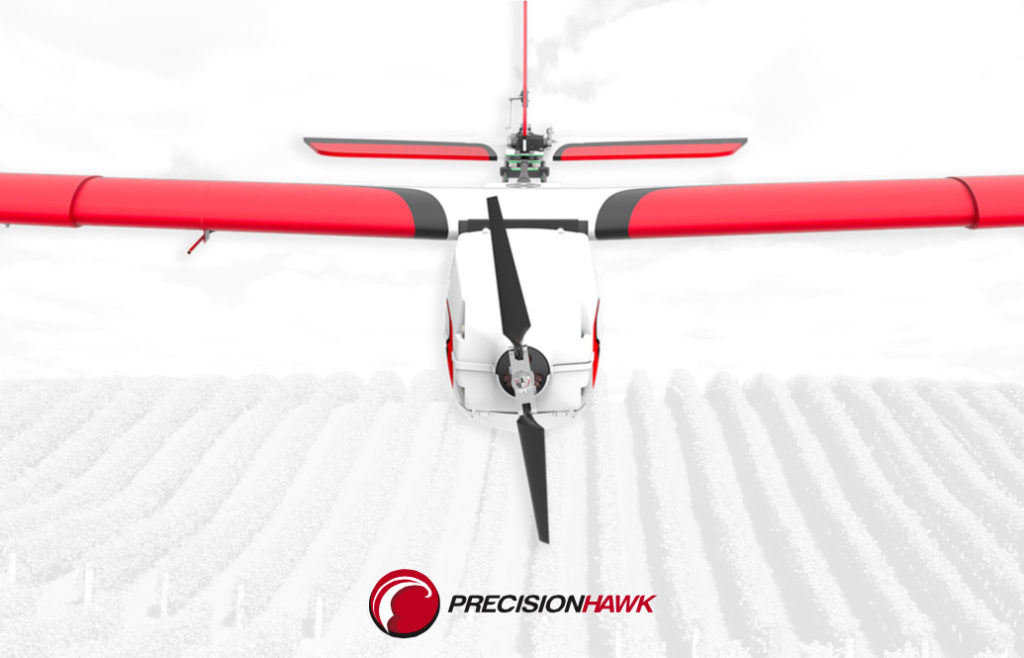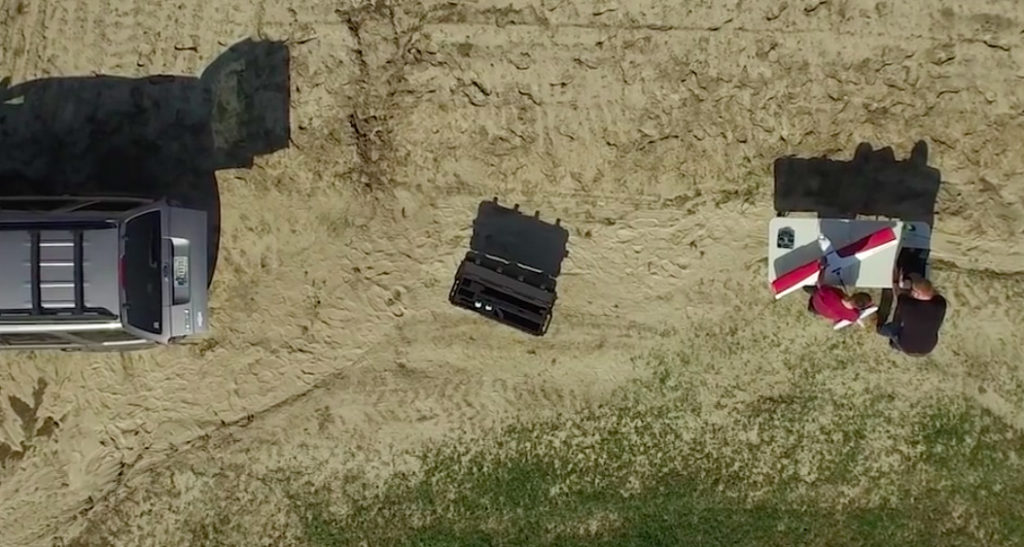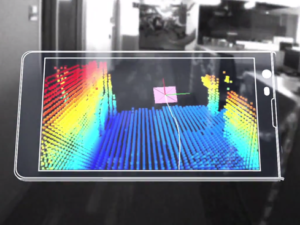Pop culture paints a picture of our collective imagination, and we are enamored with the concept of robots. When they first appeared in print or film, they were our way of rationalizing and making sense of how technology was changing our world. We imbued on them our hopes for progress and our fears about the rapid developments of society and the loss of our humanity.

We have undoubtedly gone a long way, turning robots from science fiction to science fact, beginning with the earliest modern robots like George Devol’s “Unimate” to Japan’s ubiquitous ASIMO. Today, albeit quietly, robots are everywhere. They’re flying in our skies helping farmers make better agricultural decisions. They’re diving into oceans to survey salt or carbon concentration. They’re at assembly lines putting together our smartphones and gadgets with utmost precision. They’re even in other planets, gathering scientific evidence.
Nonetheless, people are still disappointed. Sure, we’ve progressed so much in the past decades but the robots we have today still do not measure up to what literary wordsmiths like Isaac Asmiov or visionary filmmakers like Stanley Kubrick have compelled us to aspire for. What’s constantly impeding the progress of robots is the availability of cutting edge technology to support the kind of functionality that is desired. Essentially, it is technology that will pave the way for the robots of the future.
This couldn’t be any truer for us at PrecisionHawk. Innovations, like better artificial intelligence or even 3D printing, have allowed us to push the capabilities of our platform to more effectively meet the needs of our clients. Technology allows us to be more ambitious and daring about the advances that we introduce.
In the case of robots, I believe that there are four fundamental breakthroughs that will help usher in the robotic technology that we have always dreamt of. With the momentum that we have today, a literal arms race in chip quality and game-changing technologies like quantum computing and the memresistor looming in the horizon, a lot’s about to change for robots in the next few decades.

Better Sensors for Better Robots
Think about how humans function. We perceive the world around us—see it, smell it, feel it, taste it—and from these sensations we are able to think about what to do next. Our decisions are shaped by what we are able to sense. Essentially, sensation is the foundation of our cognition. This is the same for robots. Better sensors translate to more efficient robots. While current sensors provide robots rudimentary vision, hearing and touch, much can still be done.
Imagine, for example, robots that have advanced tactile sensors. Not only will they be able to see and hear humans, the ability to touch provides a totally new dimension of interaction. Additionally, tactile sensors can also help robots understand the physical properties of objects better but this depends on providing the robot with a sense of “self” and allowing it to differentiate this “self” from the external space around it. Key innovations could come from so-called robotic skins equipped with high level transduction sensors.
More Power Means More Work
Another key breakthrough required for the advancement of robotic technology is the expansion of power capacity. Let’s go back to the human analogy. We eat three times or more per day and each meal provides us with the fuel to survive the daily grind. Now take the case of robots. The immense computational and physical load that they will have to carry out entails a hefty power input that cannot be supported by our commercially available batteries. It is critical to have more advanced battery capacities to power our robots because, otherwise, we would constantly need to charge them, canceling out whatever efficiency they introduce.
Fortunately, battery technology is advancing very fast. The demand for longer battery life in smartphones and other smart gadgets is driving engineers and scientists to come up with portable batteries that have extended life spans. There are a few breakthroughs right now that are particularly interesting. One of these is the ultracapacitor, designed as an amped up version of regular capacitors, which are able to store more energy and absorb energy faster than regular electrochemical batteries.
The Right Materials for the Right Robot
What if human bones were made of a slightly more brittle material? This would mean that high impact sports or extreme sporting activities could be much more dangerous than they already are. Even daily activities that need strenuous physical effort would be difficult to do. We’re lucky, therefore, that our body is made up of the right materials to do the tasks we need to do. This is the same for robots. They need to be made of just the right kinds of materials—malleable and flexible in some areas while rigid and strong in others.

One thing scientists are particularly looking at are extremely soft and flexible robots made of materials like silicone. This somehow belies all our usual conceptions of technology. When we think machines, we think hard and strong devices made of the toughest steel. These soft and flexible robots will be able to carry out a far wider range of motions that would be critical in precision tasks like surgery or in navigating through hazardous and volatile environments like nuclear reactors. Of course, soft doesn’t mean flimsy. These robots still need to have a strong outer layer that’s resistant to wear and tear.
Computation is the Key to Intelligence
At the very center of our collective vision of robots is sentience. We’ve always imagined the robot as being capable of thinking by itself, perceiving and taking in external stimulus to decide on what to do. Today, basic artificial intelligence is available and advancements in computing are allowing for more nuanced and complex intelligence to be introduced into machines. This is critical in enhancing the ease of use that these intelligent machines afford.
At PrecisionHawk, we put great value in artificial intelligence. We want to make a seamless solution for our clients, one that would not be imposed on their work flow but would instead be easily integrated. This means that our platform has to remove as much of the human factor as possible so that all the client has to do is to input a bit of data, the flight parameters for example, throw the bird, and get the information that they need.
This is a truly exciting time for computation. Quantum computing has been touted as the solution to many of the complex computational problems that have hounded us like protein folding or extremely large-scale database analysis. With such a technology in fruition, artificial intelligence can make great strides forward.

The Challenge of Robustness
Now, while all these breakthroughs are awe-inspiring, it is important to remember that the goal in making an effective and useful robot is robustness. No matter how much we pad our robots with the latest technologies, they wouldn’t be able to make a dent in society’s demands if we cannot make robots durable, reliable, and dependable. The challenge would be to design robots like we design cars, with little upkeep and maintenance. Imagine a robotic lawnmower that’s as robust and effective as a goat.
I earnestly think that the future holds so much for robots and robotics. I believe that robotics will continue to proliferate, and with increasing speed, through our daily lives. I think that the biggest change that we will start to see is institutions and infrastructure being adapted to better accommodate robotics and take better advantage of them. While it’ll be a long way before we get robots that we can ask to do the grocery for us, technological breakthroughs are making great inroads for the future of robotics.

 Project Tango, unveiled nearly two years ago by Google, allows devices to map the 3D space around them in real-time using a combination of cameras and sensors. That means that smartphones, tablets or other devices can measure the dimensions of a room, measure distances between objects or display them in a camera’s view as augmented reality. Pretty amazing technology.
Project Tango, unveiled nearly two years ago by Google, allows devices to map the 3D space around them in real-time using a combination of cameras and sensors. That means that smartphones, tablets or other devices can measure the dimensions of a room, measure distances between objects or display them in a camera’s view as augmented reality. Pretty amazing technology.








